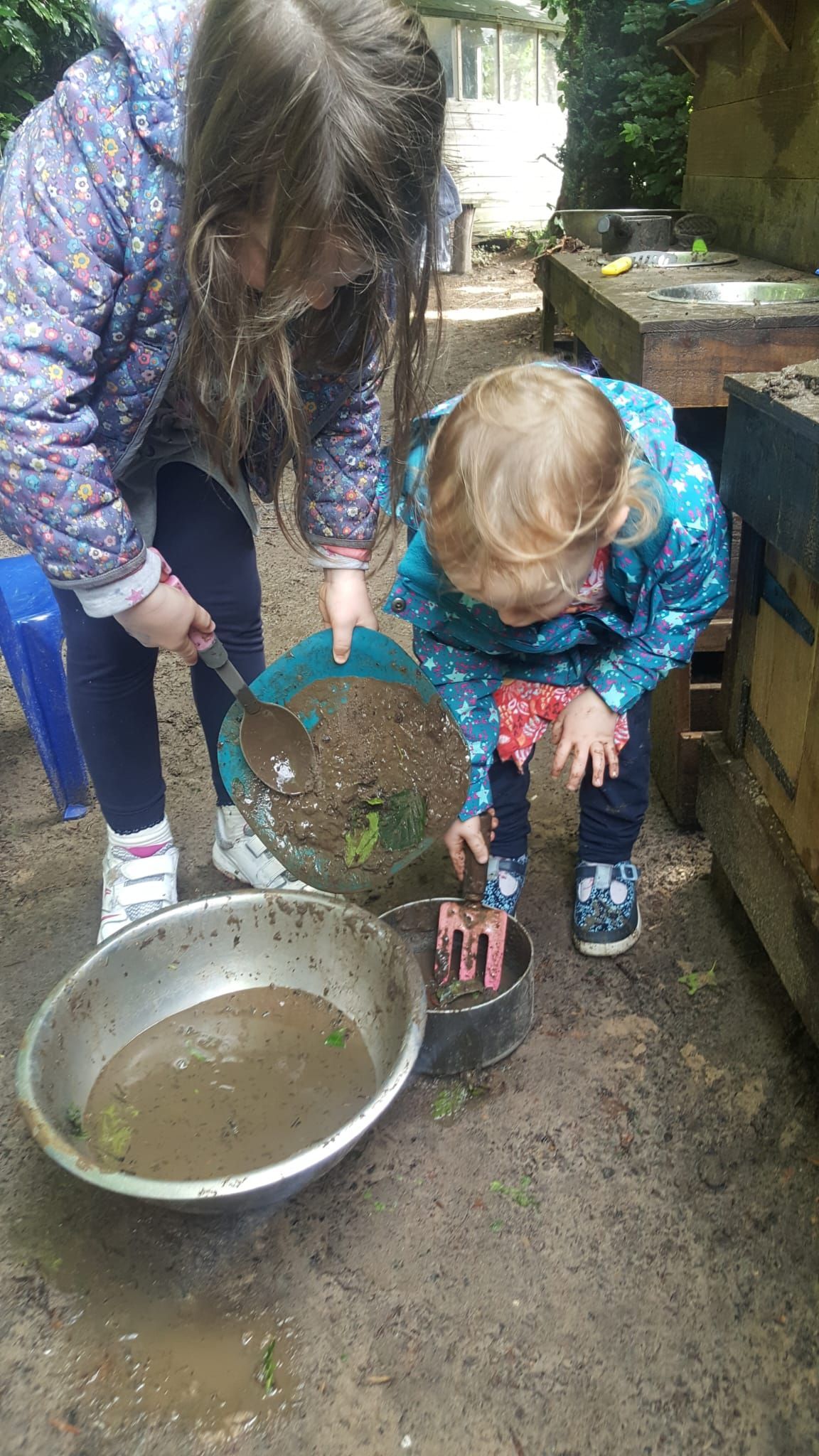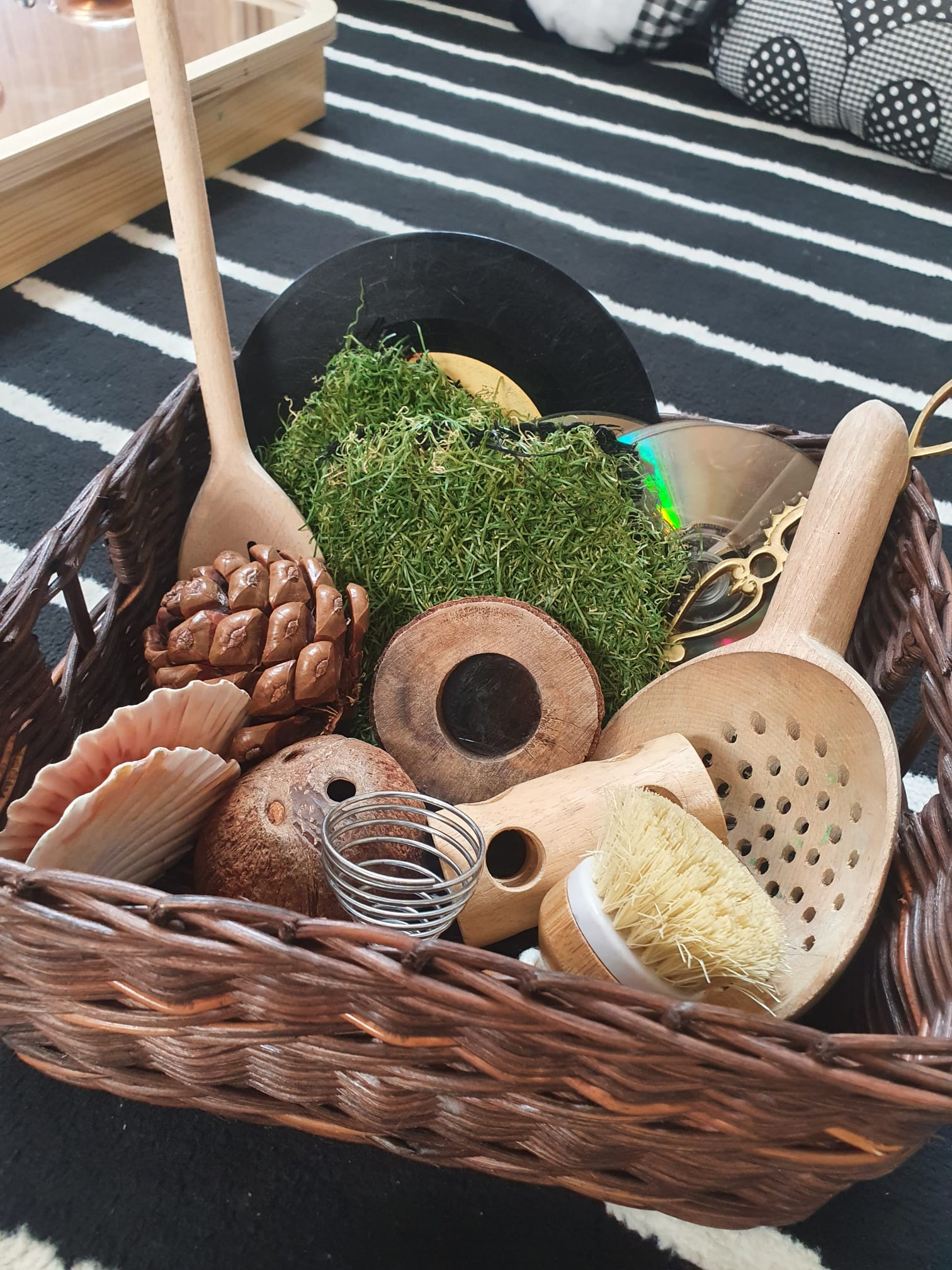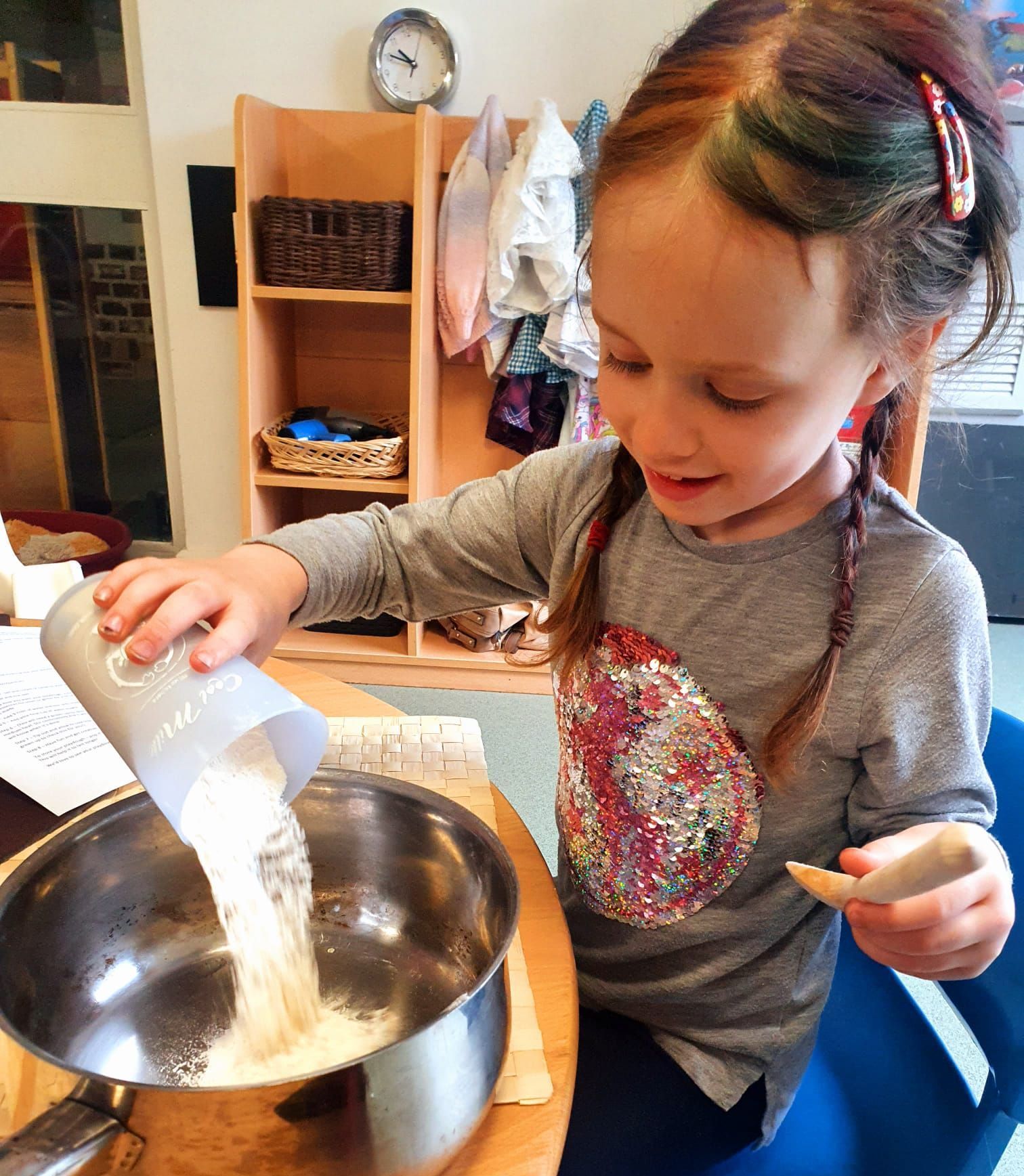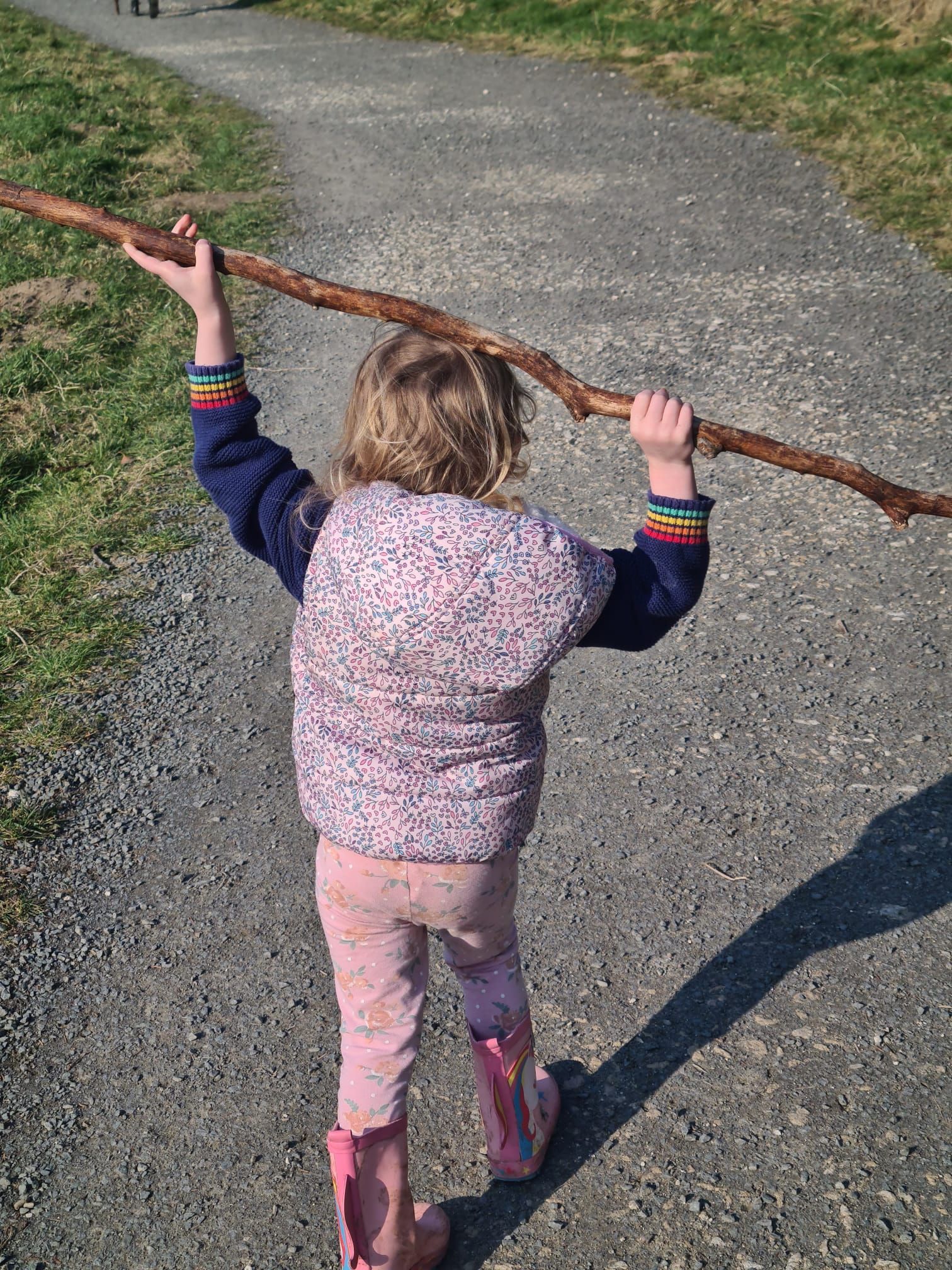Talking About Pride with Young Children in the Early Years
Do you want to celebrate Pride in your setting, but you're not sure where to start? Keep reading!
June marks Pride Month – a time to celebrate love, identity and inclusion. For many adults working in Early Years settings, it can raise questions: How do I talk about Pride with young children? What’s age-appropriate? What if someone challenges the conversation?
The good news? These conversations don’t need to be complicated. In fact, young children are often more open and accepting than we give them credit for. Let’s explore how we can gently and meaningfully talk about Pride with children in Early Years, while staying true to our values of kindness, respect and belonging.
Why Should We Talk About Pride in Early Years?
Children begin noticing differences in families, relationships, and people from a very young age. When we create spaces that reflect real-life diversity, children learn that everyone belongs – and that difference is something to celebrate, not hide.
Here’s why it matters:
- It builds empathy and respect.
- It helps children from LGBTQ+ families feel seen and safe, as well as ensuring their families feel safe and welcomed in to your setting.
- It teaches that love and identity come in many forms – and all are welcome.
- It gives children a strong foundation to feel like they are not alone as they grow up and start to understand themselves a little more.
Keep it Simple, Keep it Positive
You don’t need to dive into complex concepts. Children learn best through:
- Repetition – it is so important that the messages children are hearing through Pride month are present across the whole year and are not just a one day/one month a year thing.
- Stories – the books and stories we use in our settings MUST be representative of all and this includes representing the LGBTQ+ community. I’ve suggested a few books at the end of the blog which are great to have in your setting all year round, but there are starting to be more and more inclusive books out there.
- Play – questions will come up through play, as educators, we can address these as we go. I’m sure lots of us have had the comments from children when playing weddings, or ‘mums and dads’ – “she can’t marry her, they’re both girls” for example. These are great opportunities to correct this thinking and open that conversation with children through their play.
- Warm, consistent adult modelling – ensuring that children see adults being open, welcoming and inclusive to all is integral all year round. This modelling again, helps children to see and understand that everyone should be valued and respected.
Pride is not about telling children what, or who, they should or shouldn’t be, it’s about making sure children know that whoever they are, they are welcomed and valued and the same goes for anyone in their family or wider community.
At this age, it isn’t about going in to lots of detail, we can keep it super simple and still portray that important message of inclusivity.
How to Explore Pride in Early Years Settings
Incorporating Pride Month into your setting can be playful, natural, and inclusive. Here are a few simple ideas:
Books with diverse families and with characters that reflect a range of experiences – Let children see themselves and others reflected on your shelves.
Encourage children to share their experiences – lots will have been to Pride parades, let them talk about it and what their experience was – go with this and extend it in whichever way is relevant and interesting to the children.
Talk to older children about the ‘why’ – for younger children this may not be relevant or appropriate, and you will know your children. But for some of your older children, if they question why or what Pride is for, we can talk to them about this in simple terms.
Rainbow-themed activities – Although rainbows are in no way the point of Pride, for some children (especially younger children), this might be the part that has captured their interest and attention so go with it. Creative spaces, water play or baking are lovely ways to introduce the Pride flag, and how many fantastic conversations can happen while children are engaging with these activities
Share plans with parents – Let parents know what you are planning and what you will talking to children about. This helps parents to facilitate conversation at home and might also encourage parents to offer help, advice or resources which you can use to support.
Challenges You Might Face – and How to Respond
We do need to be real about this, you may encounter hesitations and pushback – from colleagues, parents or even within yourself. Here’s how to gently hold space for them while staying true to your inclusive values:
Concerned parents, family members etc.
“We’re focusing on kindness, fairness, and helping children understand the world around them.”
“It is important that children grow up to be understanding and inclusive, we are more than happy to share our plans with you and talk through what celebrating Pride will look like at our setting”
It is important that you stand by your beliefs and ethos around inclusivity – if you have a family that doesn’t agree, that’s on them, explain why it’s important and leave the rest up to them.
If we are ensuring that Pride is celebrated all year round then all children are hearing these important messages, even if they may not at home.
Worried staff – your team may be concerned about parents’ reactions or may have their own beliefs around Pride
We can offer advice around what to say to both children and parents, reassurance that it doesn’t have to be anything fancy – just a message of inclusivity and acceptance and space to talk.
Not everyone is confident yet – and that’s okay.
Remember, Pride Month isn’t about pushing an agenda. It’s about making sure every child feels valued – every day.
Some book suggestions to have in your settings all year round:
There are just three here, but the good news is, there are so many more inclusive books these days – TinyTravels_UK and maistorybooklibrary on Instagram always have some fab suggestions!
This Day in June by Gayle E Pitman – A fab book about Pride parade, super simple and shows pictures about what Pride parades are like.
Love Makes a Family by Sophie Beer – A gorgeous book about love, representing all different families. A great one for children to recognise families just like them.
My Shadow is Pink by Scott Stuart – A lovely book about a boy who doesn’t feel like he fits in. Lovely to open the conversation about gender stereotypes and was written for the authors little boy who felt like the boy in the story.
The Big Message
Pride Month is more than rainbows. It’s about helping children understand that:
- Everyone deserves to feel safe and loved.
- Differences make us special.
- Being yourself is something to be proud of.
Let’s raise a generation of children who grow up confident in themselves, feel free to be who they are and are kind to others.







